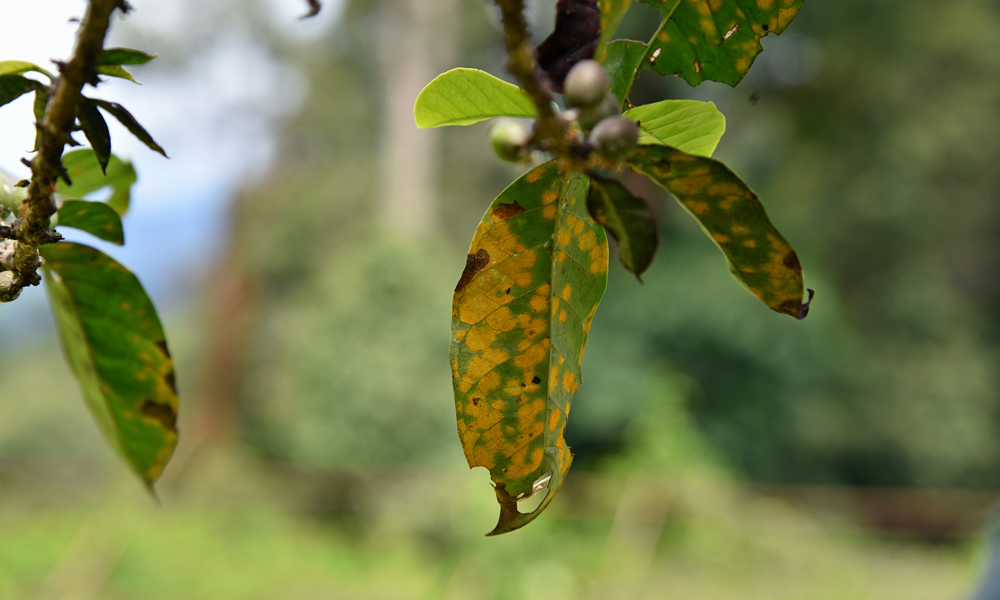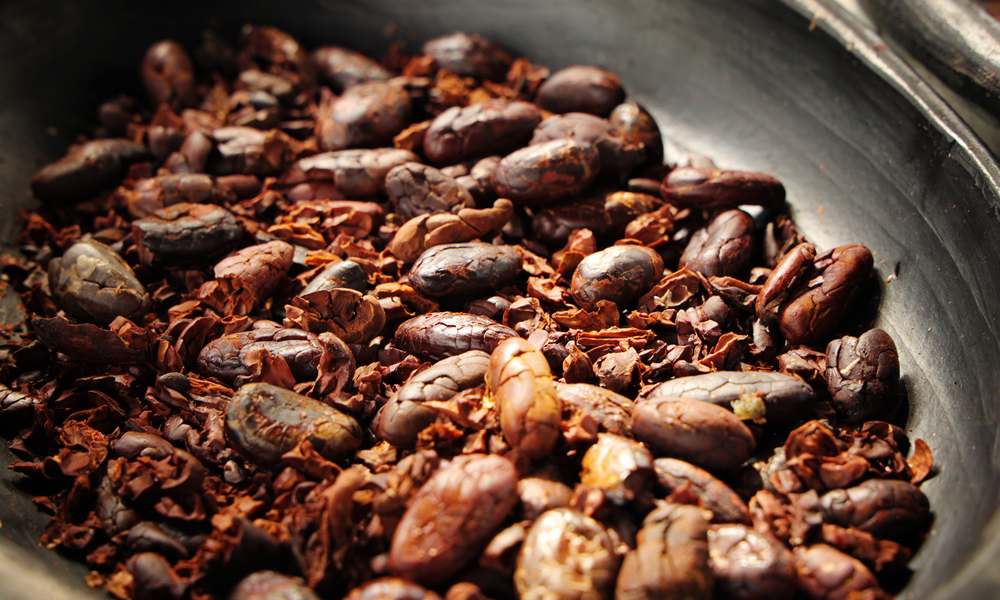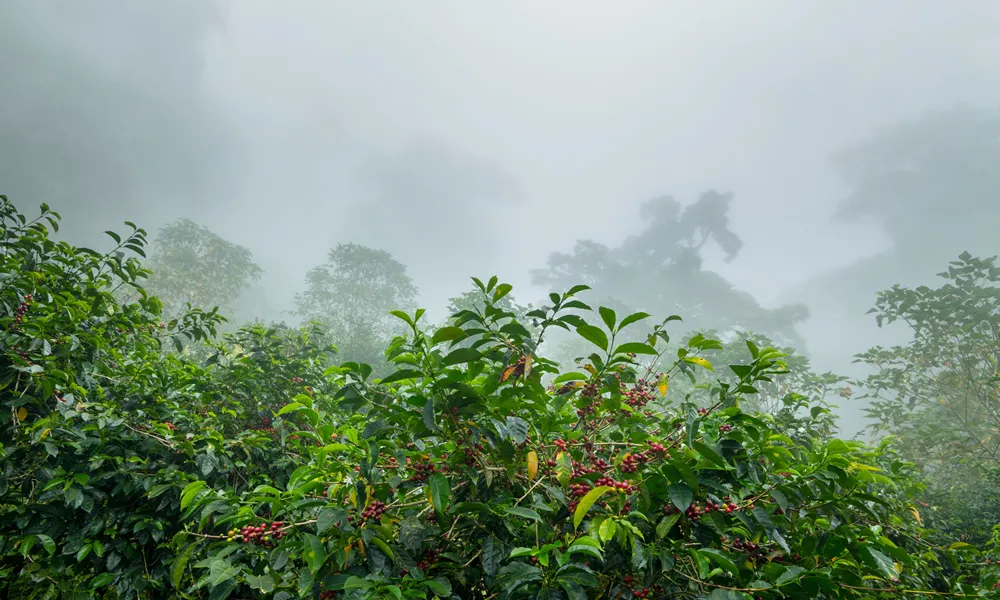In the hills above Matagalpa, Nicaragua, farmer Juan Pablo Castro has grown coffee for 25 years. In 2023 he and his son, Jeffry, saw the first unmistakable signs of climate stress: drought produced “vain beans”, empty cherries or pods with a single, misshapen bean, that float away during washing and spoil flavour. Coffee leaf rust, the yellow-orange fungal disease that weakens plants and slashes yields, is also on the rise.

Jeffry now works at an experimental station run by the Nicafrance Foundation, which collaborates with EU-funded scientists to safeguard coffee and cacao. With both crops at record prices, driven in part by extreme weather cutting harvests, the pressure is on. Europe, which consumes roughly a third of the world’s coffee and close to half of its cacao, is already feeling it at the till.
A global push for climate-smart crops
“If we want to keep eating chocolate and drinking coffee, we need to work together globally,” says plant biologist Sophie Léran of the French Agricultural Research Centre for International Development. She coordinates BOLERO, an EU-funded effort building coffee and cacao that can withstand drought, pests and heat while needing fewer inputs such as fertiliser.
BOLERO links European experts with national institutes in Nicaragua, Uganda and Vietnam, alongside industry partners. The approach prioritises resilience without sacrificing cup quality, because agronomy is nothing if consumers reject the taste.
Grafting for speed and survival
Traditional breeding is too slow for the pace of climate change; crossing plants and stabilising a new variety can take 20-30 years. BOLERO’s answer is grafting: joining proven coffee and cacao varieties to tougher rootstocks, often from wild coffee or robusta lines, that already tolerate stress.
“We take varieties already developed, tested and approved, and graft them onto rootstocks adapted to drought or other stresses,” says Léran. “It’s a much faster way to cope with climate change.” For farmers, that means keeping the beans they know while getting sturdier plants within a few years, not decades. “A plant with drought-tolerant roots will last longer and protect production,” Jeffry says.

From lab to field and to market
Grafting costs more than seed, so BOLERO works with major firms such as ECOM and Agromillora to scale production and cut prices. The team is also mapping root systems in detail and using computer models to predict the best scion-rootstock pairings. Early taste tests with companies including Nestlé, Illy and Lavazza indicate the flavour and aroma remain intact, a non-negotiable if grafted plants are to be exported at scale.
Usually based in Montpellier, Léran has moved to Nicaragua to run field trials: varying fertiliser doses, shade and drought exposure to see what works outside controlled conditions. “Most of the time, I am the one learning,” she says. Some grafted plants could be ready for farmers within five years.
Vietnam’s cacao test bed
The challenge spans continents. In Dong Nai, Vietnam, farmer Nguyen Quy Tuan tends around 1,500 cacao trees and reports more watering, rising pest pressure and higher bills for pesticides and electricity. BOLERO’s Vietnamese network, working with ECOM, is trialling tougher cacao. “We’re seeing major price swings, partly caused by climate change,” says ECOM sustainability manager Laurent Bossolasco. “We cannot stop climate change alone, but we can help farmers deal with it.”
The trials are already seeding practice in the countryside, with agronomists and institutes supporting farmers to test new material. Nguyen hopes to plant the next generation: “We have identified the best varieties with the technicians. Now we need the seeds, and better soil nutrition, to make them work.”
The stakes: livelihoods and daily rituals
As BOLERO enters its final year, the focus is on converting experiments into usable seeds and plants that can stabilise yields, protect incomes and, ultimately, keep staples on the table. The goal is simple and urgent. “This is about making sure these cherished crops can survive in a rapidly changing climate,” Léran says.
